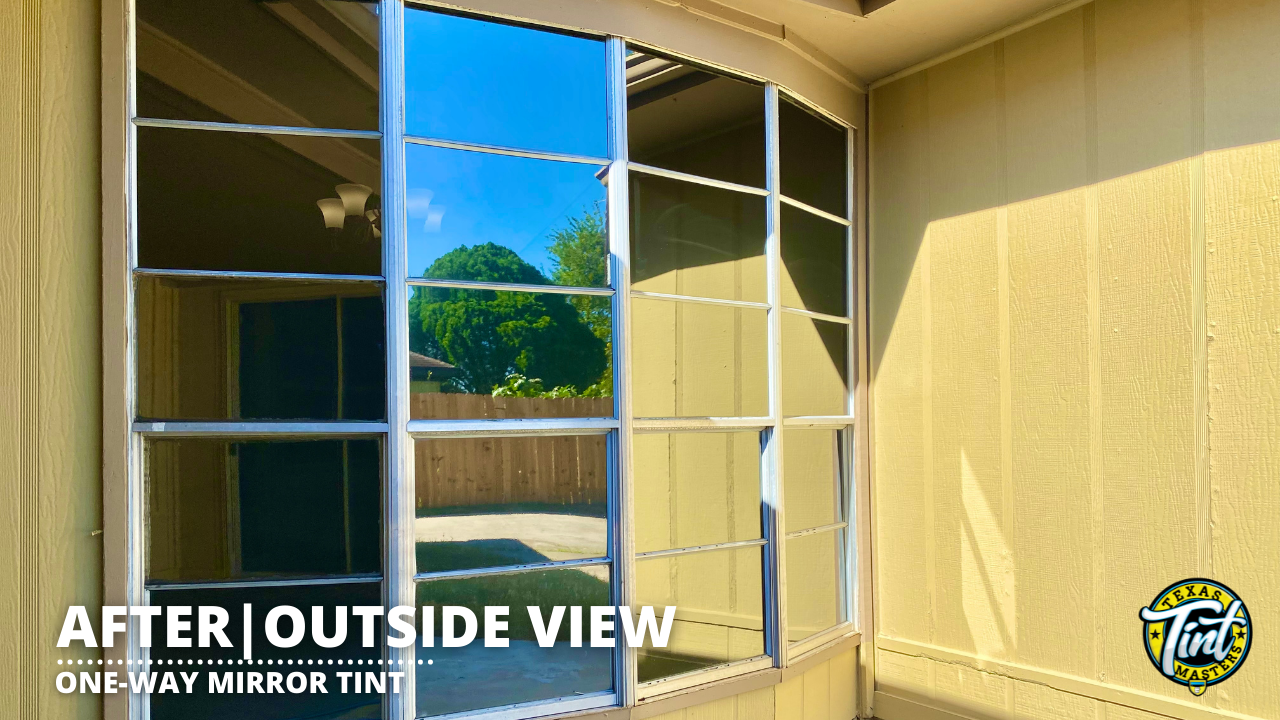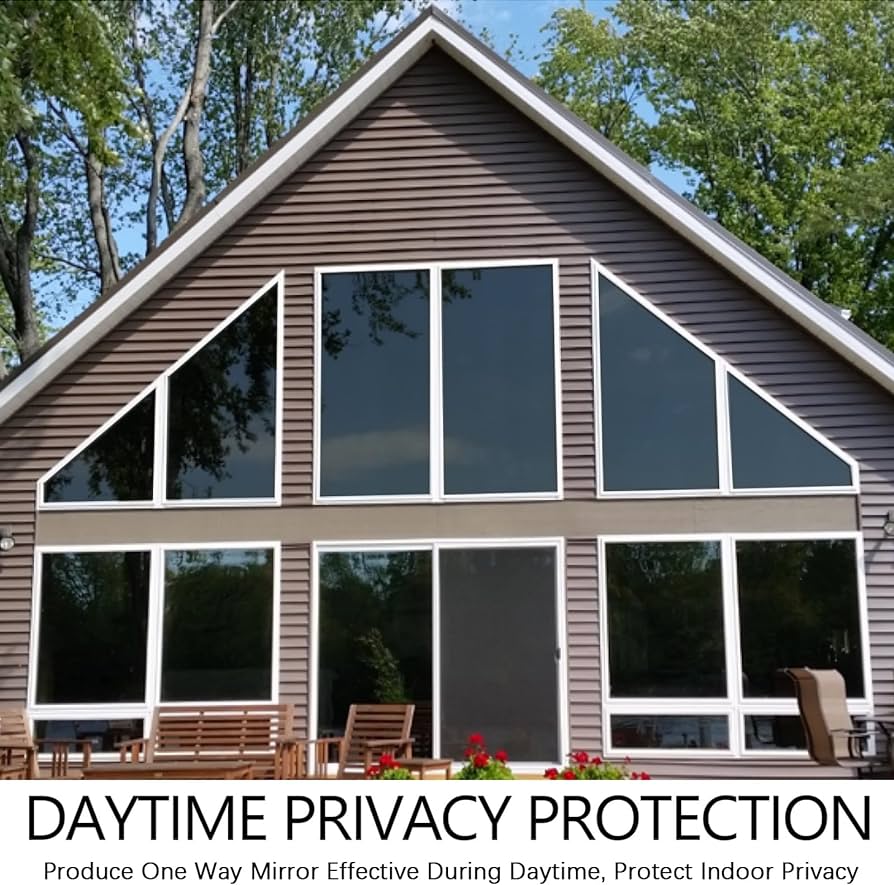Exactly How Residential Home Window Tinting Boosts Your Home's Power Efficiency
Residential home window tinting provides a compelling solution for home owners seeking to boost power efficiency within their living areas. By using specialized movies to windows, it effectively decreases warmth transfer, therefore stabilizing indoor temperatures and lessening the demand for excessive home heating or air conditioning.
Understanding Window Tinting
Comprehending window tinting is essential for property owners seeking to improve both comfort and power efficiency in their space. Residential Window Tint. Window tinting includes the application of a slim film to the interior or exterior surface area of glass home windows. This film can dramatically modulate the quantity of sunlight and warm that enters a home, hence influencing indoor climate conditions
There are numerous kinds of home window tinting movies offered, each with distinctive homes. The efficiency of window tinting is usually measured by its Visible Light Transmission (VLT) percent, which indicates just how much light can pass through the film.
Advantages of Energy Efficiency
Home window tinting not just enhances looks but likewise plays a substantial duty in boosting power effectiveness within household areas. By reducing heat transfer via windows, tinted movies create an extra stable interior climate, which can bring about substantial decreases in power intake for heating & cooling. This power efficiency translates right into reduced utility expenses, giving house owners with substantial long-term savings.

In addition, window tinting boosts the comfort of living areas. By reducing glow and blocking damaging UV rays, tinted windows produce a more pleasurable environment, which can lead to enhanced health for occupants. The protection versus UV rays additionally aids maintain furniture and floor covering from fading, adding to the durability of household things.
How Tinting Functions
Tinting films operate through a combination of advanced materials and modern technologies created to control the amount of solar power going into a home. Primarily composed of polyester, these films often include ceramic or metal bits that take in and show warm. This double ability enables them to dramatically lower the penetration of ultraviolet (UV) rays and infrared radiation while permitting visible light to travel through.
The effectiveness of window tinting is measured by its solar warmth gain coefficient (SHGC), which indicates how much solar power is sent through the home window. Reduced SHGC worths are more suitable as they denote higher heat rejection. In addition, window colors can feature a variety of tones, allowing property owners to tailor their aesthetic choices while boosting energy performance.
Moreover, these movies act as an obstacle, stopping heat loss throughout chillier months by reflecting interior warmth back into the living space. This thermal insulation effect enhances the cooling advantages gotten throughout warmer months, contributing to a balanced interior environment year-round. By taking care of solar power properly, domestic window tinting not just improves convenience however likewise plays an important role in minimizing power usage and decreasing utility bills.
Selecting the Right Color

There are different types of window films offered, consisting of colored, metalized, and ceramic. Ceramic films provide excellent warm control without endangering visibility and are extremely durable, making them a popular selection.
Noticeable light transmission (VLT) is another important variable, as it shows the amount of natural light that can pass with the colored glass. Homeowners need to pick a tint with a VLT that matches anchor their lights preferences while still giving sufficient glow reduction.
In addition, examining the solar warmth gain more coefficient (SHGC) can assist determine how well a color can block heat from sunshine. A lower SHGC shows better warmth control, eventually enhancing energy effectiveness.
Installation and Maintenance Tips
Correct installation and upkeep are vital parts in optimizing the advantages of residential home window tinting. Professionals additionally use specialized strategies and devices, which can enhance the resilience and performance of the tint.
Complying with setup, upkeep is crucial to prolong the life of the home window film. It is suggested to wait at least 30 days before cleaning the colored home windows to permit the adhesive to cure totally.
Furthermore, normal evaluations are valuable. Examine for any kind of peeling or bubbling, which can show incorrect setup or use with time - Residential Window Tint. Resolving these problems immediately can stop further damage and keep power effectiveness. By sticking to these installment and upkeep suggestions, home owners can ensure their window tinting remains to provide significant energy financial savings and convenience for many years to come.
Final Thought
In final thought, property window tinting serves as an effective remedy for enhancing energy performance within homes. By reducing heat transfer and blocking damaging UV rays, home window films contribute to decrease energy consumption and boosted interior convenience.
Window tinting useful content includes the application of a slim film to the interior or exterior surface of glass home windows. By lowering heat transfer with windows, colored films develop a much more steady indoor environment, which can lead to considerable decreases in power usage for home heating and cooling.The effectiveness of window tinting is measured by its solar heat gain coefficient (SHGC), which suggests exactly how much solar power is transmitted through the window. By handling solar energy effectively, domestic home window tinting not only boosts comfort but likewise plays an essential role in lowering power usage and lowering energy expenses.
By reducing warmth transfer and blocking dangerous UV rays, home window films add to reduce power intake and improved interior comfort.